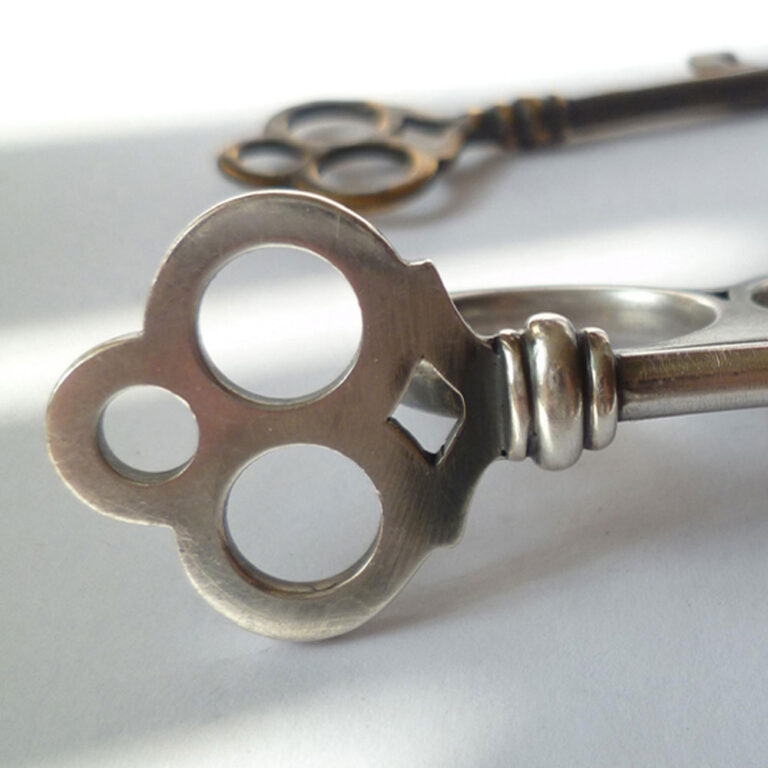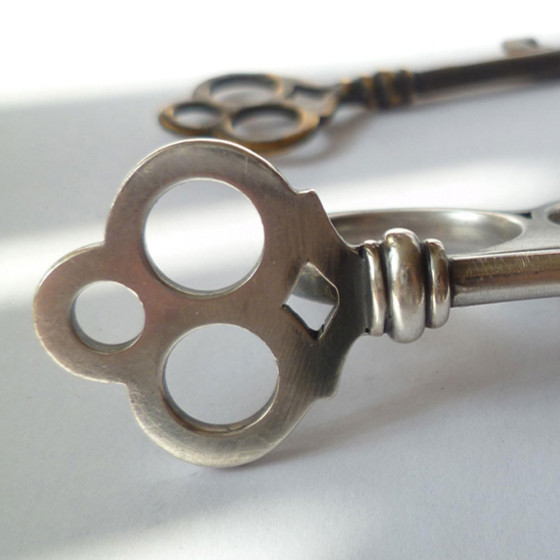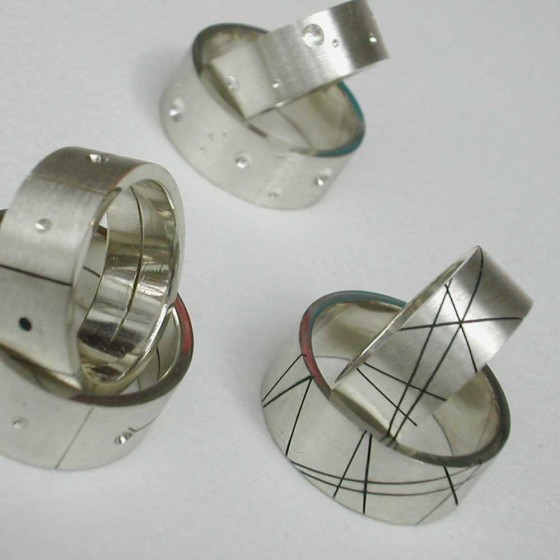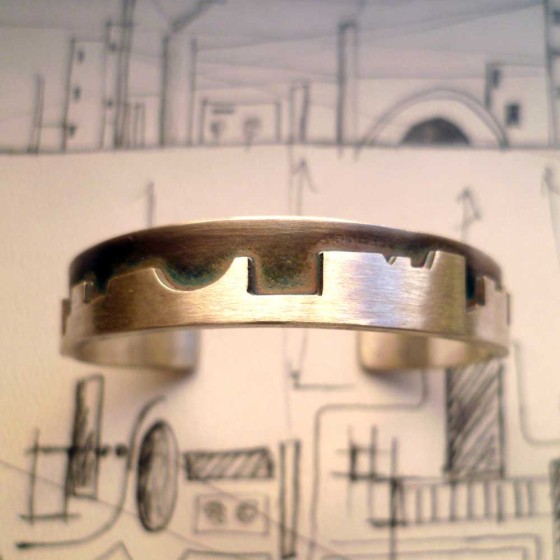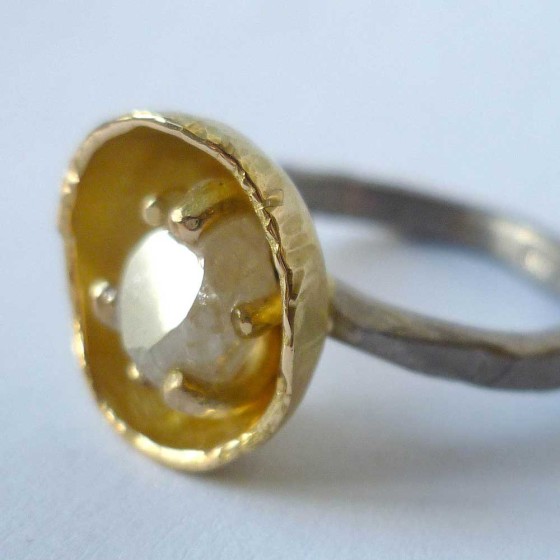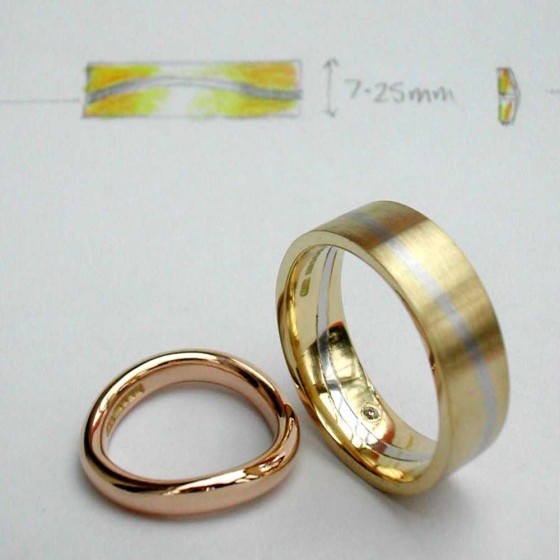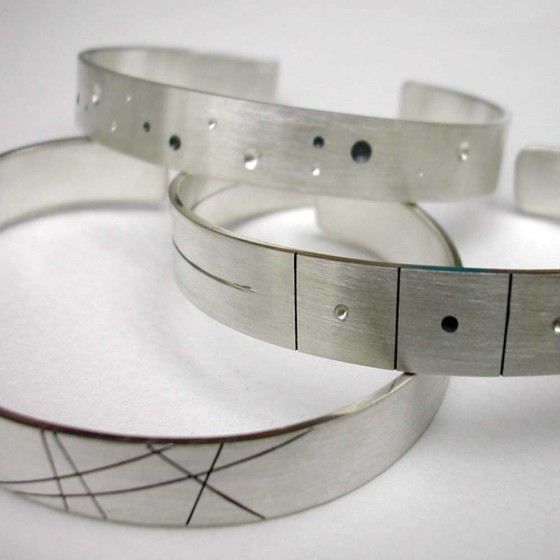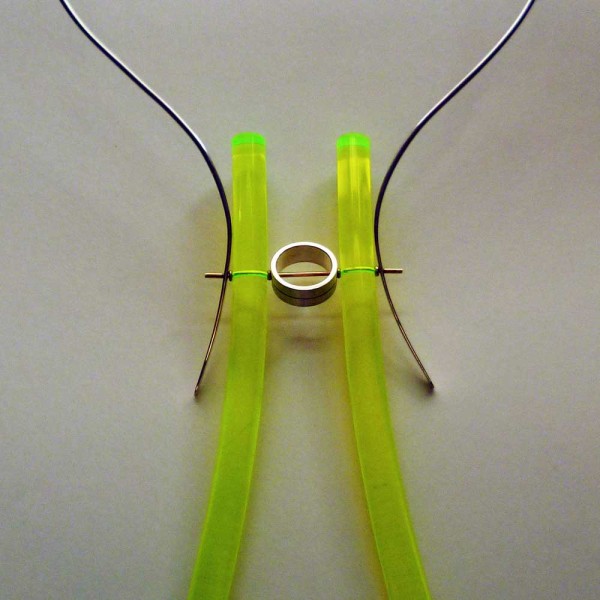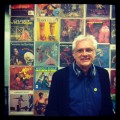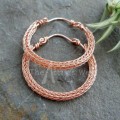In this guest artist interview, Sally Edgar interviews jewellery designer and Bluecoat resident Anthony Wong on his creative practice, plans for the future, and thoughts on the world of arts funding. Visit the Bluecoat’s website at: http://www.thebluecoat.org.uk/gallery/anthony-wong
(All photographs taken by Anthony Wong)
Brief introduction
I specialise in the design and manufacture of exciting, innovative, contemporary handmade jewellery and precious objects. My art/design studio is based at the Bluecoat, in Liverpool City Centre, from which I also practice drawing and photography. I work closely with each client to produce little pieces of art that has that person at the core of the piece.
When did you decide to pursue art as a career?
I’ve always had art-based jobs, the first one was at the local theatre during my college years; after which I pursued a career in graphic design. My passion for drawing, painting and making began in my childhood years, particularly jewellery, and in 1998, after taking some time off to travel through Australia and Hong Kong, I decided to concentrate on making full-time – I’ve never looked back.
What training / qualifications do you have?
I have an Arts Foundation course, photography combined with my formal classical jewellery training, which I underwent at my brother’s workshop. During this time, my responsibilities included developing, encouraging and promoting the design aspect.
What has been the high point of your career so far?
Before he died, I was fortunate to meet the amazing Anglo-Italian designer, Andrew Grima who became known as the doyen of modern jewellery design in Britain. He was a prolific challenging jewellery designer in the 60’s and 70’s, reflecting modern art in his work.
What are you aiming for?
To keep good design in craft alive, and to not lose the skills, knowledge and understanding involved in any making process. Alongside this I’d like to further develop my artistic photography.
How will you get there?
I will continue to exhibit challenging pieces, whilst stretching my designs further.
Is anything holding you back?
Just time!
Should art be funded?
Yes definitely. I think it’s essential in order to keep art innovative and relevant. Left to market forces alone art is in danger of becoming entertainment focused – populist. For art to have any meaning it should come from a broad base, I think this is virtually impossible today without public funding.
What role does arts funding have?
I think it’s crucial because it allows people to participate in art as well as be spectators.
What feelings or reactions do you hope to arouse in people who view your work?
I’m always curious to see and hear reactions to my work. I get huge satisfaction whether a client understands the deeper more weighted messages, or for sees it for its simple, decorative value alone.
Are you ever surprised by reactions that you get?
Often people cry (in a good way), when they collect commissioned pieces, there’s a lot of emotion tied up in jewellery and sentimentality. It’s so personal.
What’s integral to the work of an artist
Having a passion, and ideas to convey. Allowing a dissection of your work to promote an interpretation, a reaction, a conversation maybe, by allowing people to have the experience of seeing things through someone else’s eyes.
From start to finish, how long does it take for you to create your work?
This varies greatly depending on the piece. It can be a day or months, especially exhibition collections which are built bit by bit.
What music do you like to listen to when you work?
Some classical, lots of 60’s, 80’s, Bowie, looking forward to Interpol’s new album release. Being based in the creative hub of the Bluecoat, there’s also a gentle background ambience from visitors and passers-by, which adds to the atmosphere.
Describe your arts centre experience including tips on sharing space.
Sharing a space has the advantages of synergy with other artists, an environment of creativity. It also means respecting each other, and sometimes closing your door. It’s good to be a part of a creative community of micro-enterprises, which together has a positive impact on the wider region.

